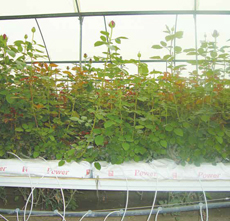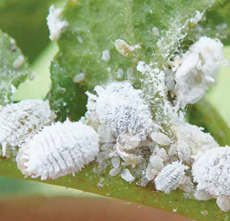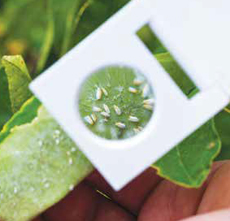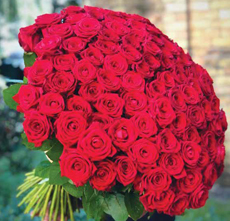By Mary Mwende
 Floriculture, has evolved significantly in recent years with the emergence of two distinct approaches: hydroponic and substrate-based systems. These methods offer unique advantages and require specialized nutrition management strategies to ensure the healthy growth and vibrant blooms of flowers. Hydroponic floriculture relies on a soilless environment, with essential nutrients delivered through precisely balanced nutrient solutions, while substratebased floriculture employs solid, soilless substrates supplemented with additional nutrients.
Floriculture, has evolved significantly in recent years with the emergence of two distinct approaches: hydroponic and substrate-based systems. These methods offer unique advantages and require specialized nutrition management strategies to ensure the healthy growth and vibrant blooms of flowers. Hydroponic floriculture relies on a soilless environment, with essential nutrients delivered through precisely balanced nutrient solutions, while substratebased floriculture employs solid, soilless substrates supplemented with additional nutrients.
Hydroponic Floriculture
Hydroponics is a soilless growing system where plants are cultivated in an inert medium, such as rock wool, coco coir, or perlite. These media serve as physical supports for plants, but they do not provide any nutritional value. In hydroponic floriculture, all essential nutrients are supplied through a carefully balanced nutrient solution.
Growing Medium: The growing medium in hydroponic systems is essentially an anchor for plant roots. It is chosen for its inert nature, moisture retention capabilities, and the ability to hold the plant in place. The absence of soil eliminates the risk of soil-borne diseases and pests, offering a more controlled environment for plant growth.

 Cut flower cultivation is an art that demands meticulous care and attention to detail. Whether you are a professional floriculturist or an avid hobbyist, the joy of cultivating vibrant, blooming flowers is unparalleled. However, like any other form of agriculture, cut flower growing comes with its own set of challenges, and one persistent problem that often plagues flower growers is the infestation of mealybugs.
Cut flower cultivation is an art that demands meticulous care and attention to detail. Whether you are a professional floriculturist or an avid hobbyist, the joy of cultivating vibrant, blooming flowers is unparalleled. However, like any other form of agriculture, cut flower growing comes with its own set of challenges, and one persistent problem that often plagues flower growers is the infestation of mealybugs. Welcome to the exciting financial journey of 2024! It’s a ride full of possibilities for savvy investors like you. Picture this: smart investing in 2024 goes beyond the usual. We’re talking artificial intelligence, blockchain, and more! This guide is your ticket to manoeuvring through the financial twists and turns.
Welcome to the exciting financial journey of 2024! It’s a ride full of possibilities for savvy investors like you. Picture this: smart investing in 2024 goes beyond the usual. We’re talking artificial intelligence, blockchain, and more! This guide is your ticket to manoeuvring through the financial twists and turns.
 By Mary Mwende
By Mary Mwende